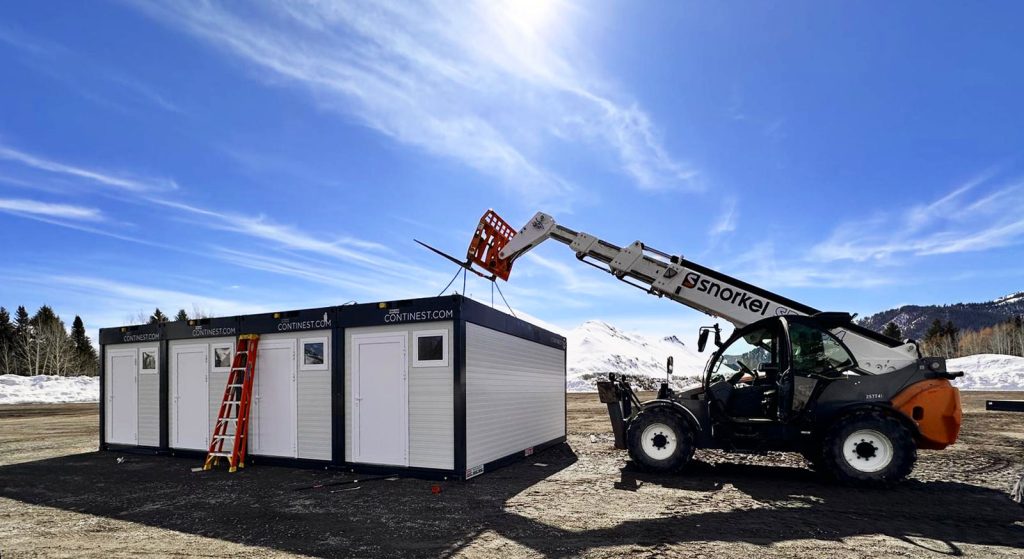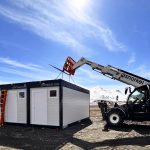The Killington Ski Resort, affectionately known as the “Beast of the East,” stands as a pinnacle of East Coast skiing. The largest ski resort in the region, Killington draws passionate crowds and top-tier athletes, making it a unique and vibrant stop on the World Cup circuit. However, organizing such a massive event comes with its own set of complex challenges.
At the heart of the Killington Ski Race are husband-and-wife power couple Katrina Ammer and Derek Huddle; seasoned veterans with over 30 years of experience in major sporting events, including multiple Olympics and World Championships. Katrina’s journey in World Cup Ski racing began in Vail, Colorado, in 1994, eventually leading to the 2010 Vancouver Olympic and Paralympic Games where she and Derek met. They also worked for the Olympic Organizing Committees in Sochi and Pyeongchang. Their expertise spans full-scale event management, including (but not limited to) strategic planning, temporary infrastructure overlay, client services, as well as broadcast- and media management, with a deep understanding of the intricate needs of international ski events.
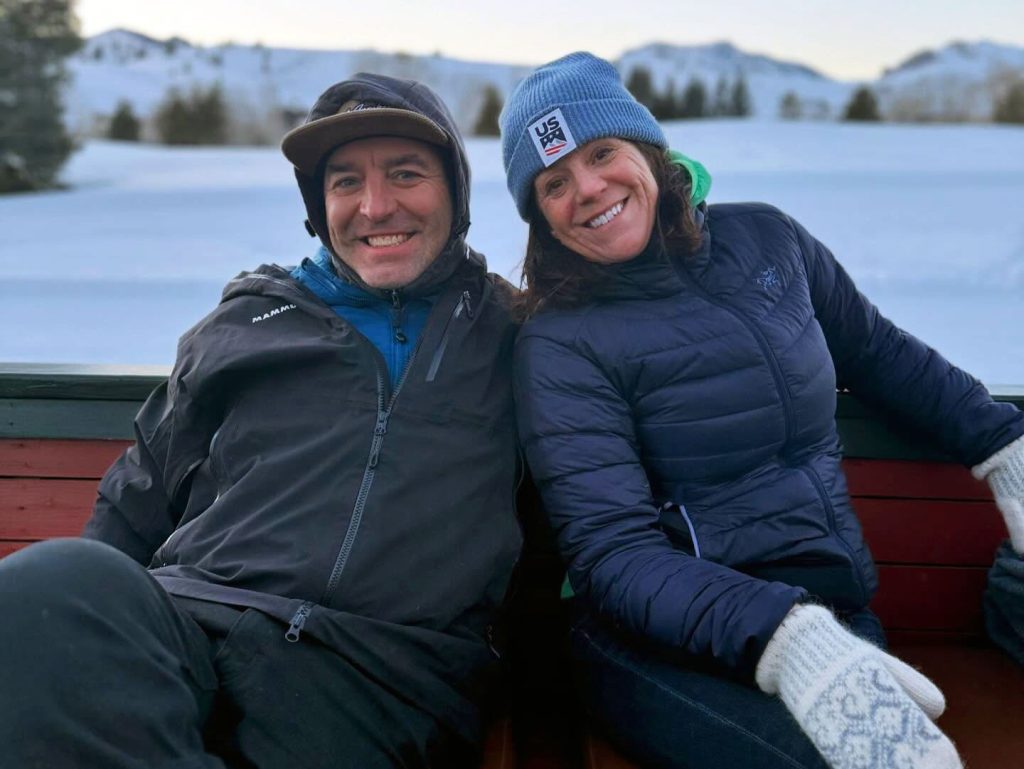
And organizing a World Cup ski race is no small feat. Katrina, Derek and their team are responsible for everything, from forming an organizing committee, building the ski course and infrastructure to managing temporary power, IT, and signage. The day-to-day grind involves hands-on work, ensuring every detail is perfect, from the placement of TV trucks to the treatment of ground surfaces for spectators. As Katrina puts it,
“It’s a lot of moving parts and can be stressful and rewarding at the same time.”
One of the most significant challenges Katrina and Derek faced was creating adequate and equitable spaces for ski technicians. These technicians are crucial, often preparing up to 100 pairs of skis per athlete. In the past, finding suitable “wax cabins” or tuning rooms was a struggle. Teams often ended up in makeshift spaces like parking garages or basements, leading to uneven conditions and operational headaches. Derek explains, “The difference between a couple thousandths of a second is that ski technician,” emphasizing the importance of providing a professional and fair environment.

Katrina’s search for a solution led her to Continest. Her first encounter with Continest was in Sweden during the 2018 Alpine Ski World Cup finals and the 2019 World Championships. Impressed by the product, she became a strong advocate for its deployment in America.
“I promised you, if you get this product in America, we will have a need for this,”
she recalled. Her persistence paid off when Continest units were finally utilized at the Killington World Cup Ski Race.
Continest proved to be the ideal solution for numerous reasons. The speed and ease of deployment were game-changers. “It takes us three weeks if we bring in fixed-frame containers and trailers, but with Continest, it’s up and down in days for us,” Derek stated. This efficiency saved time, reduced costs, and allowed for quicker site restoration. Moreover, Continest provided
“an equal and fair opportunity for every technician to have access to the exact same size space, the same lights, the same distance from their team accommodation”,
ensuring fairness and professionalism.
Over time, Derek and his team have seen their work become increasingly efficient with the use of Continest. Initial skepticism about the speed of installation has given way to appreciation for the streamlined process. Electrical setup, which previously took days with traditional trailers, now takes only half a day thanks to the standardized plugs on Continest units. They have also learned to adapt to the dynamic nature of ski racing events, such as adjusting strike plans when teams unexpectedly stay longer. Innovations like spacing containers to allow for partial breakdowns without disrupting ongoing operations have further optimized their workflow, demonstrating continuous improvement and problem-solving.
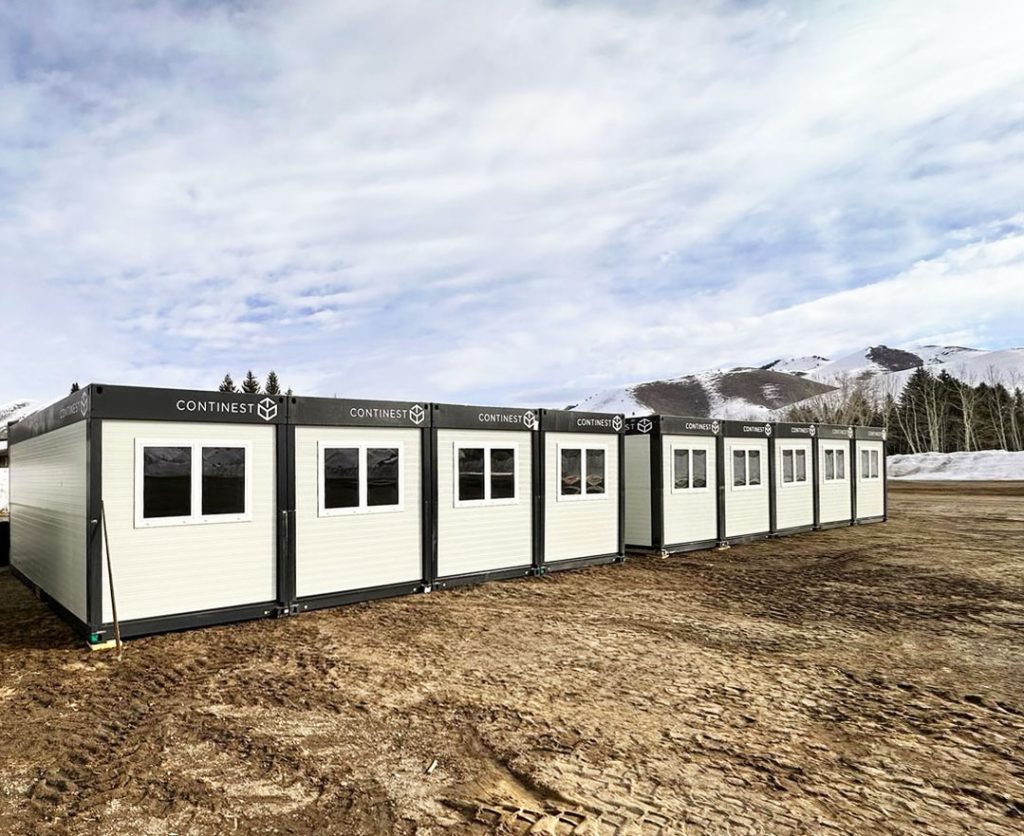
And beyond wax cabins, Continest units were also used for office space for international broadcasters and jury video control, enhancing workflow and focus. Derek even envisions future applications, like “scaffold above the grandstands and crane in some CN containers with glass walls,” demonstrating the product’s versatility.
Sustainability was another key advantage. With the International Ski and Snowboard Federation increasingly focused on reducing carbon footprints, Continest’s quick setup and takedown align perfectly with these goals. “Continest comes in with all the containers, and we can set them up and take them down in no time,” reducing the environmental impact compared to traditional methods.
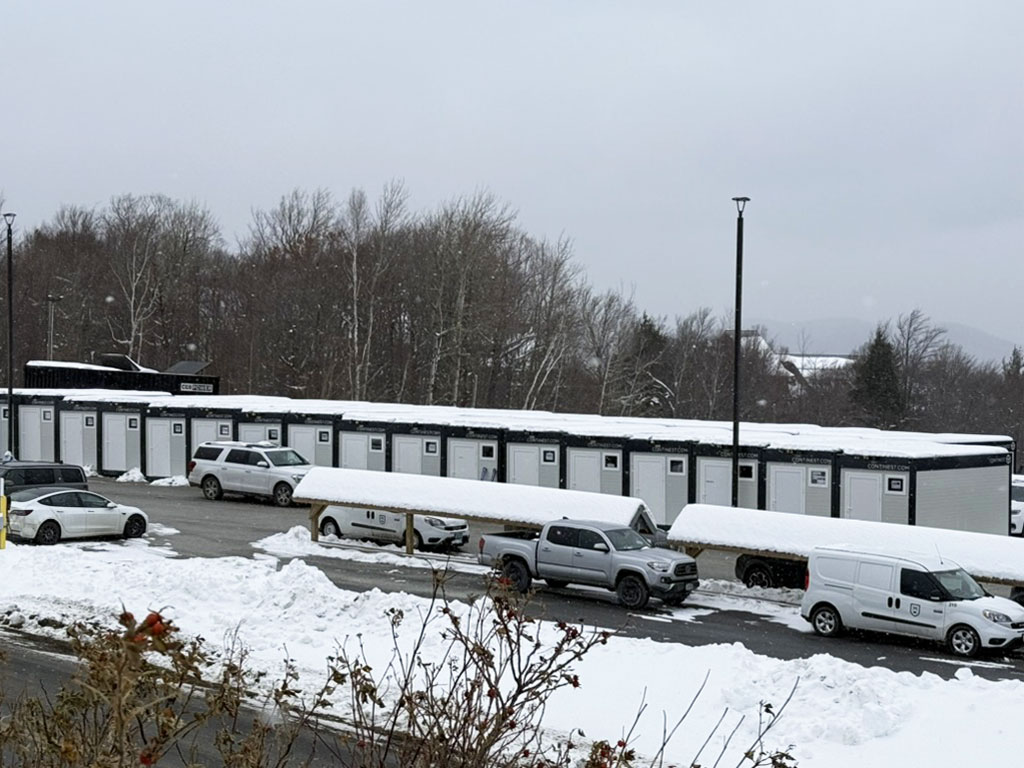
In conclusion, Continest has revolutionized event infrastructure for the Killington World Cup Ski Race. Katrina Ammer’s experience highlights how Continest addresses critical challenges, providing efficient, sustainable, and adaptable solutions that ensure smooth operations and a superior experience for athletes and staff alike. As Katrina notes,
“We do get people calling us and saying, ‘Where did you get those?’”
a testament to the growing recognition of Continest’s transformative impact.
Katrina and Derek speak affectionately about what makes Killington so special. They firmly believe what truly sets the resort and town apart is the incredible passion of the people. The staff, the local community, and the spectators are all deeply invested in the event. “Everybody knows about the race,” Katrina said, emphasizing the singular focus and excitement that permeates the area during the World Cup. The dedication of the local skiers, many of whom ski over 100 days per year (the “100 Day Club,”), and the enthusiastic support for every racer, create an atmosphere unlike any other. The Killington World Cup Foundation’s efforts to raise funds for East Coast ski clubs further highlight the community’s commitment to the sport – and Continest is proudly there to make the efforts easier.

